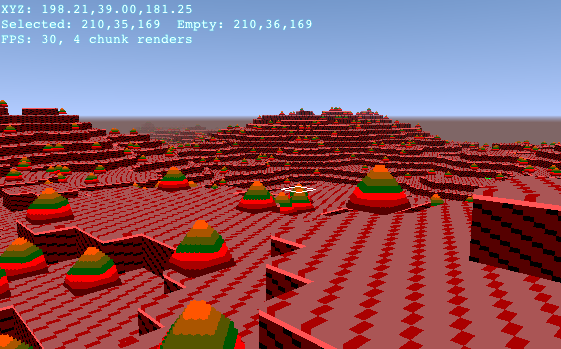New hobby: 3D printing
Just about a year ago, I acquired a 3D printer.
I've been casually reading about the progress of hobbyist 3D printing since the RepRap days, but sometime in late 2017 I decided to seriously consider whether I should get one for myself. I'd already purchased items from printing services (i.materialise and Shapeways), both existing and of my own design, and that experience taught me that I wanted to do more and to iterate cheaper and faster. As a sanity check, I made a list of further things I thought I could make with one — not general themes but specific items to solve problems I had. That list was immediately filled with ten or so items, so I bought one.
I purchased a Prusa i3 MK3 kit printer (despite, at the time, uncertainty about whether the MK3 design was flawed as a lot of people were reporting quality and reliability issues), set it up in April 2018, and have been printing things ever ever since (with very little trouble).
I've been posting my designs on Thingiverse (pictures there) and on Github — rather, those that I have declared finished and documented. There's another 30 or so that aren't published, yet.
(You can also see hints of some other ‘new hobbies’ in what I've been posting, but I'm overly fond of putting things in chronological or at least dependency order.)
 When I wrote
When I wrote 


 This is a somewhat odd cellular automaton implementation in Haskell. It encodes the shape of the world, and the stepping rule, in the data structure. Briefly:
This is a somewhat odd cellular automaton implementation in Haskell. It encodes the shape of the world, and the stepping rule, in the data structure. Briefly: